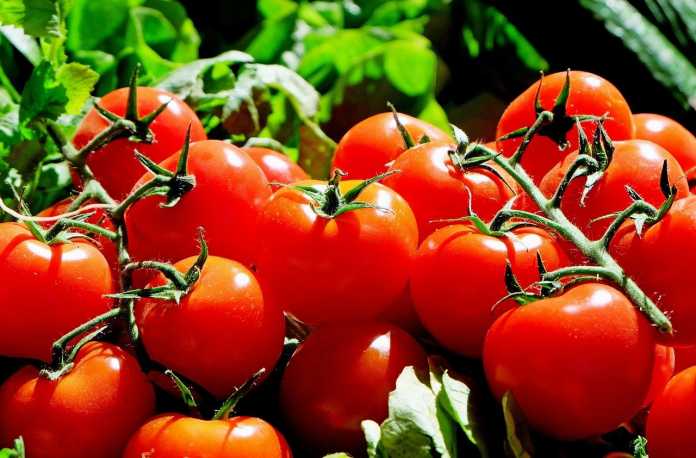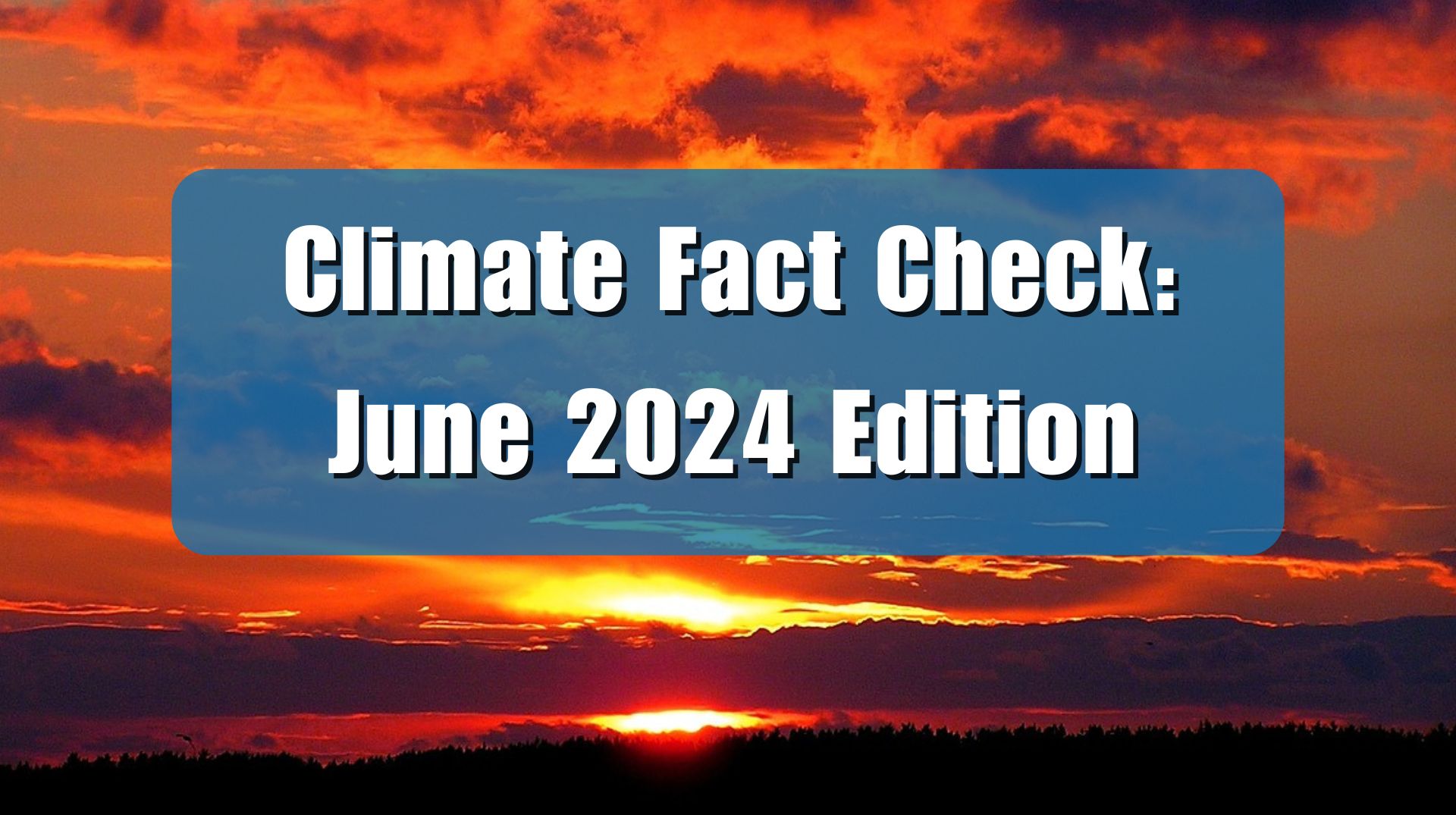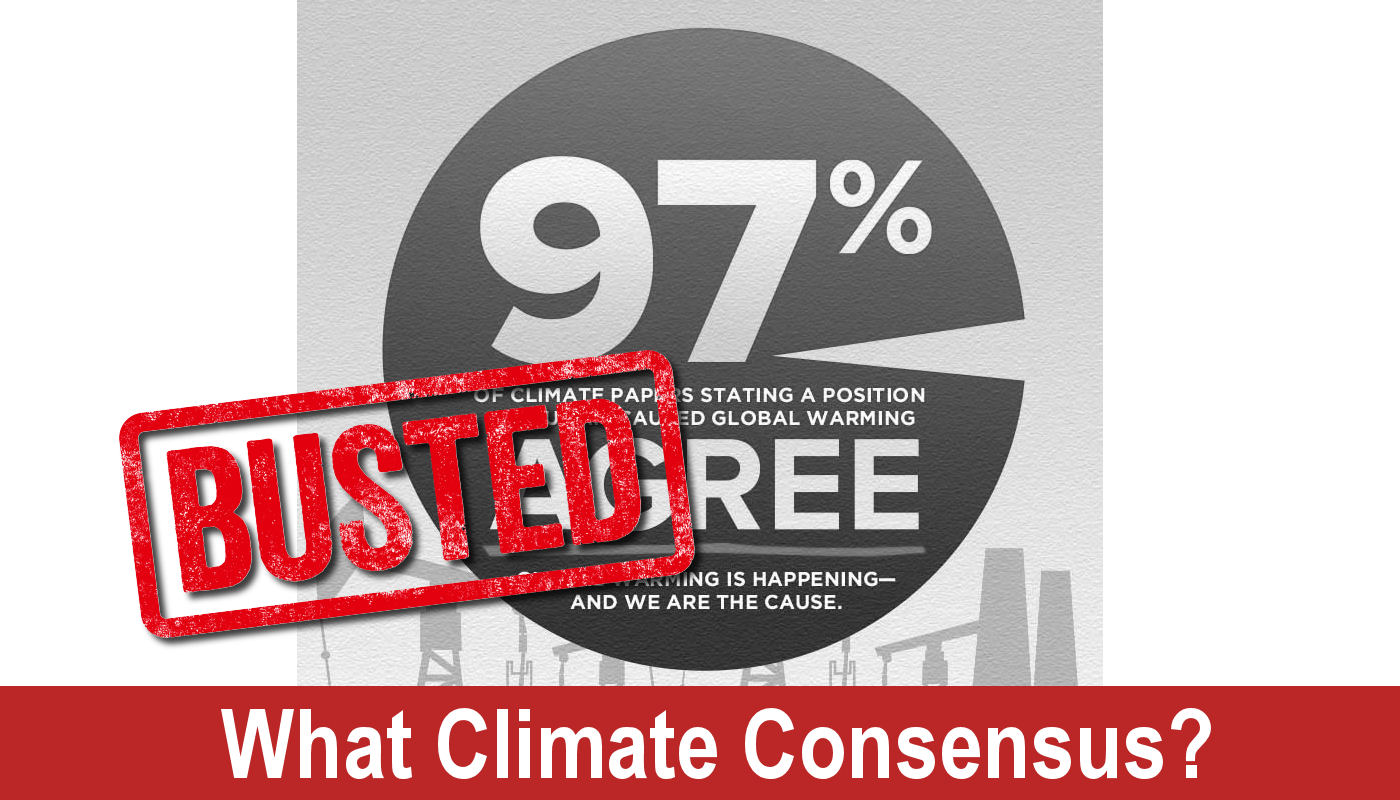KOMO News in Seattle, as well as a couple of other media outlets in the region, ran stories claiming climate change threatens global tomato and ketchup production. Data show this is false. Amid modest warming, tomato production and yields have grown considerably across the world as a whole and in each of the top producing countries. Many tomatoes are grown in greenhouses, which add carbon dioxide their atmospheres. Tomato growth outside of greenhouses confirm the continuing benefits of carbon dioxide fertilization.
A KOMO article, titled “Scientists predict future ketchup shortage as climate change damages crops,” cites a study from an international team of researchers using computer models whose simulations indicate tomato production, particularly the production of tomatoes used to produce ketchup is likely to decline due to climate change.
“Researchers believe warmer temperatures will speed up the plant’s growth cycle, resulting in a shorter time for the crop to develop,” writes KOMO. “They predict a 6% decline in tomato production by 2050; but between 2050 and 2100 the global tomato harvest could be cut in half.”
Had KOMO and the research team examined real world data, for example, data from field and greenhouse experiments and from the U.N. Food and Agriculture Organization (FAO), they would have found little to worry about. Tomato production is doing well. Also, contrary to computer model simulations, real world research trials and experiments indicate should carbon dioxide levels continue to increase tomato production should as well.
Concerning the latter point, dozens of papers and experiments summarized and discussed at CO2Science.org show that tomato production, like that of most plants, improves as carbon dioxide is added to the atmosphere. The CO2 fertilization effect improves photosynthesis in tomatoes, helping them grow faster, produce heartier plants, and use water more efficiently.
Data from the FAO confirms the experimental findings. Since 1990 tomato production and yields in China, India, and the United States, the top three tomato producing countries, and for the world as a whole, has grown considerably, tracking the modest rise in atmospheric carbon dioxide and temperature over the period. Between 1990 and 2020 (See the figure below):
- Tomato production in China grew by more than 736 percent and yields increased by approximately 118 percent;
- Tomato production in India rose by nearly 347 percent and yields improved by about 60 percent;
- Tomato production in the United States expanded by 12 percent, on yields that increased by 101 percent;
- Global tomato production grew by approximately 145 percent, as yields expanded by around 41 percent.

The evidence is clear; tomato production is doing well and agronomy and botany explain that part of the reason for this is the very increase in carbon dioxide levels that KOMO is warning threatens the continued viability of the crop. Alarmism is no replacement for facts. Many people love ketchup, and based on the evidence there is no reason ketchup aficionados should fear climate change will produce a shortage of it in the future.

















